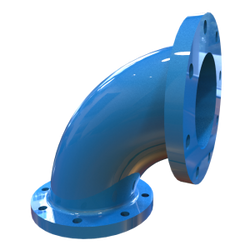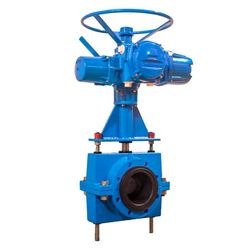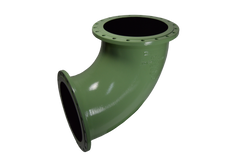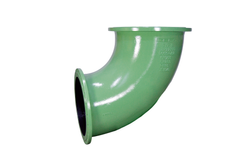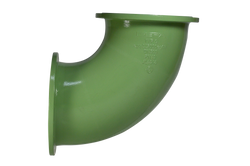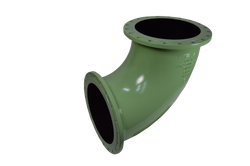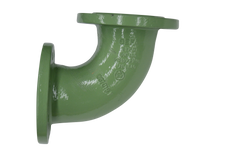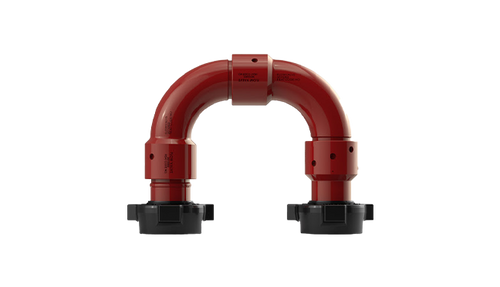
What is Joints and Elbows? Working Principle & Function
Pipes must be connected using industrial tools such as couplings and elbows. When putting pipes together, various joints are utilized. Depending on the pipe's requirements, the type of joint used may differ. In most cases, elbows are utilized to link two pipes together. The direction of liquid flow is changed via an elbow. Commonly used elbows are 45° and 90°. Pipe elbows are the connections between two lengths of pipe (or tubing) that allow for a direction shift of 90° or 45°, while 22.5° elbows are also available. Threaded (typically female), socketed, or manufactured for butt welding are some of the options. Reduced (or reducer) elbows are distinguished by their varied sizes at the ends. When selecting fittings, a variety of criteria should be examined, including the material, application, size, fluid characteristics, fluid temperature, and fluid pressure.
Need industrial equipment, parts, or services? Submit an RFQ and get quick quotes.
Get a QuoteNeed industrial equipment, parts, or services? Submit an RFQ and get quick quotes.
Get a QuoteTop Companies in Joints and Elbows
Top Devices in Joints and Elbows
Top Joints and Elbows Experts
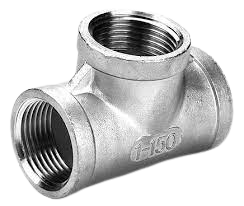
What is Joints and Elbows?
Pipe joints are connections at the ends of pipe sections that allow two pipe sections to be linked together to form a pipeline of any length. An elbow is a pipe fitting that allows a change of direction, usually at a 90° or 45° angle, between two lengths of pipe or tubing.
Function of Joints and Elbows
Pipe joints are connections at the ends of pipe sections that allow two pipe sections to be linked together to form a pipeline of any length. Because longer pipeline sections tend to bend, joints provide strength to the pipeline. Joints should be carefully linked together to ensure that a tight seal is formed to prevent leakage.
Pipe junctions are necessary for any piping system since a pipe network cannot contain a continuous length of pipe. Depending on the durability of the process employed to build the connection, these couplings can make or destroy a pipeline system. In the pipeline sector, different pipe materials are utilized depending on the necessity and the sort of product that will be delivered through the pipe.
Depending on the pipe material, different methods are utilized to join pipes. Cast iron (CI), galvanized iron (GI), polyvinyl chloride (PVC), copper pipes, and other materials are joined via threaded pipe joints. They are joined in each pipe by screwing the threads that are given externally on one side and internally on the other. Low temperature and low flow conditions are ideal for these joints.
Using molten filler material, brazing and solder pipe jointing are performed on copper or copper alloy pipes. Butt welding is used to join pipes of the same diameter because it provides excellent strength and can withstand high pressure. Socket welded joints are used to connect pipes of varying diameters and where leaking is a concern. Flanged joints are used for big diameter pipes with high-pressure flows and are made up of two flanges linked by bolts. Heat fusion or mechanical fittings are used to connect polyethylene (PE) pipes.
Steel pipe elbows (also known as bends) are used to change the direction of fluid flow in a pressure piping system. It's used to join two pipes of the same or different nominal diameters and turn the pipe, and hence the fluid path, in a 45-degree or 90-degree direction. This shift in fluid flow direction increases pressure losses to the system due to impact, friction, and re-acceleration.
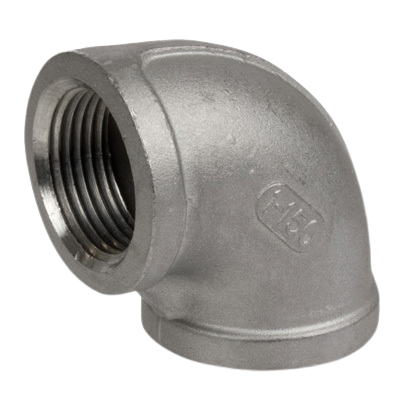
You can find a great deal of Joints and Elbows Companies and Manufacturers in Linquip, along with expert Service Providers.
Types of Joints and Elbows
Various types of pipe joints are utilized depending on the application needs. They can be classified into the following categories:
● Threaded joint: A threaded junction is a type of piping connection in which pipes are connected by screwing into threads in the pipe. Internal threads are provided on one pipe, while external threads are offered on the other.
- Welded joint: Pipe junctions that are butt-welded are the most frequent in big commercial, institutional, and industrial systems. Butt welding necessitates the use of skilled pipe welders and fitters. Butt-welded pipe joints have exceptional strength and leakage resistance.
- Brazed and Soldered joint: Joining copper and copper-alloy pipe systems with brazing and soldering joints is common. Steel and aluminum pipes and tubes can be brazed as well. The addition of molten filler metal is pulled into the connection by capillary action in both brazing and soldering joining procedures.
- Grooved joint: Grooved joints are commonly utilized in fire suppression systems, low-pressure drainage, and ambient temperature service water. They are simple to install and remove, resulting in decreased labor costs.
- Compression joint: Compression joints are commonly used to unite plain piping ends that haven't been prepared. A limited amount of heat expansion and angular misalignment can be absorbed by such pipe junctions.
- Flanged: Flanged connections are widely employed in modern pipes and pipeline systems due to their simplicity of construction and disassembly. However, they are expensive due to the high cost of the flanges and the labor expenditures of fastening the flanges to the pipe.
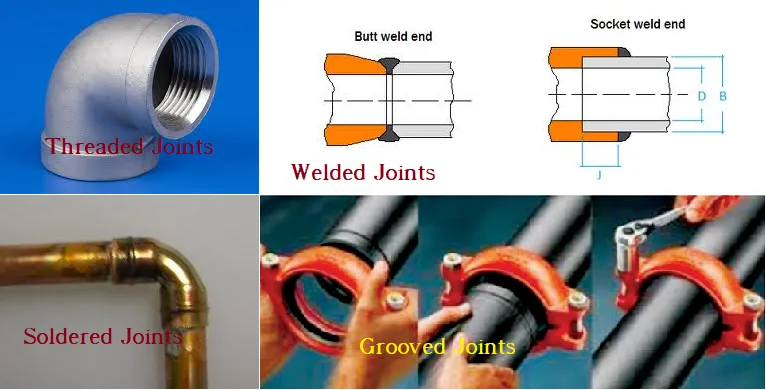
Steel pipe elbows can be classed based on a number of factors:
- Angle of Direction
- Radius and Length
- The Pipe Connection
- Construction Materials
Elbows can be classified into several degrees based on the fluid flow direction of the pipes, such as 45 degrees, 90 degrees, and 180 degrees, which are the most common elbows. For some particular pipelines, there are also 60 degree and 120-degree elbows. This degree simply represents the angle at which the fluid flow will change after passing through the elbow.
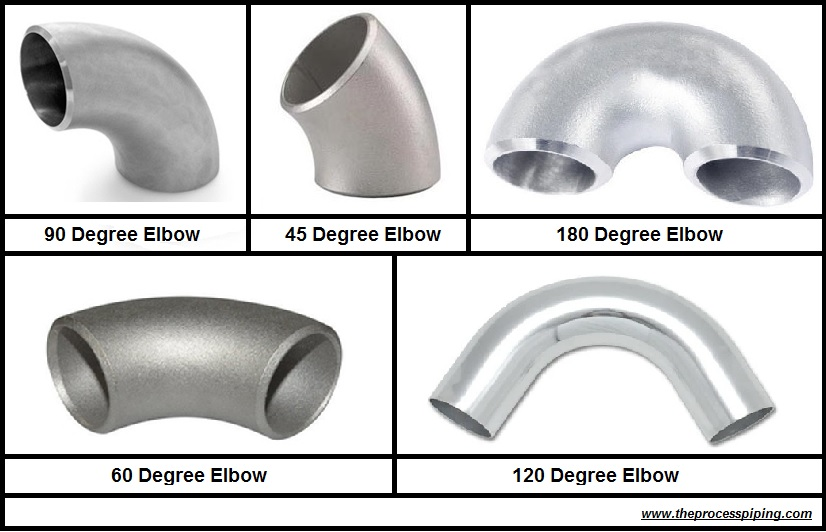
Application of Joints and Elbows
A pipe joint is a tool that connects pipes and serves as a point of connection between components and pipes that can be disassembled. It is one of the two primary components of the hydraulic pipeline and plays an essential function in pipe fitting. The pipe junction is used to connect instruments in a straight line using socket welding or threaded connections. It's primarily utilized for a small-diameter low-pressure pipeline that's frequently installed and disassembled or for final adjustments on threaded pipe fittings. Quick and simple to be good, the connected products are incorporated. The metal surface contact sealing structure should be used in the structural form. The gasket sealing structure is commonly used to transport water, oil, air, and other general pipelines composed of malleable cast iron material. In addition, the user needs and prices must be taken into account while making a decision.
The pipe connection mode and pipe junction in the hydraulic system are also different. The screw adopts the connection thread at the pipe's end. Taper thread is primarily utilized in the intermediate and low-pressure hydraulic system because of its unique vertebral body tightening and sealing operation with polytetrafluoroethylene and other materials. A fine thread has an excellent sealing effect and is frequently used in high-pressure systems, although it requires the use of a combination washer or an O-ring to seal the end face, and sometimes a copper washer as well.
It's best for connecting pipes with thick walls, and the joint body, connecting pipe, and nut are the major components. The joint body is implanted in the target during use, and the end face is sealed with the aforementioned gasket. A rubber seal is utilized between the joint body and the connecting pipe, and a spherical seal is also used on occasion.
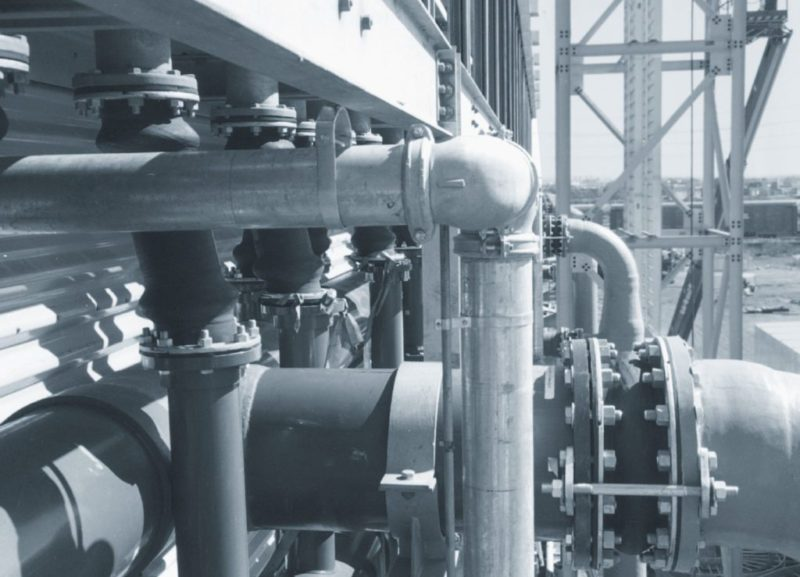
Linquip offers a wide variety of Distributors, Experts, and Equipment for Sale of Joints and Elbows.





